Species Photo Gallery for Cyrtolobus pallidifrontis No Common Name 38 |
 | Photo by: Marilyn Westphal
Henderson Co.
Comment: Attracted to UV light sheet | 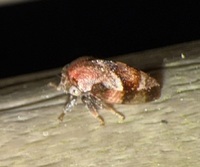 | Photo by: Marilyn Westphal
Henderson Co.
Comment: Attracted to UV light sheet |
 | Photo by: R Emmitt
Orange Co.
Comment: liked my jeans - unid_treehopper | 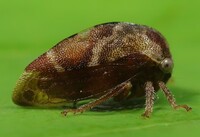 | Photo by: Rob Van Epps
Mecklenburg Co.
Comment: |
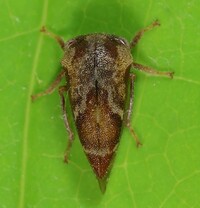 | Photo by: Rob Van Epps
Mecklenburg Co.
Comment: |  | Photo by: Ted Wilcox
Watauga Co.
Comment: unid_leafhopper |
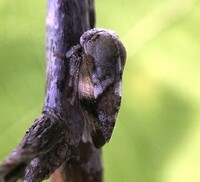 | Photo by: Ted Wilcox
Watauga Co.
Comment: unid_treehopper |  | Photo by: Kyle Kittelberger
Wake Co.
Comment: mixed hardwood forest; male, 5.3 mm |
 | Photo by: Kyle Kittelberger
Wake Co.
Comment: mixed hardwood forest; male, 5.3 mm | 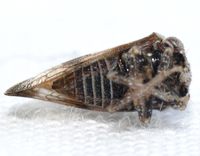 | Photo by: Kyle Kittelberger
Wake Co.
Comment: mixed hardwood forest; male, 5.3 mm |
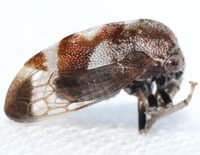 | Photo by: Kyle Kittelberger
Wake Co.
Comment: mixed hardwood forest; male, 5.3 mm |  | Photo by: Kyle Kittelberger
Wake Co.
Comment: mixed hardwood forest; male, 5.3 mm |
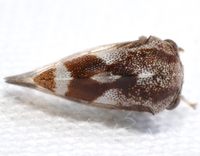 | Photo by: Kyle Kittelberger
Wake Co.
Comment: mixed hardwood forest; male, 5.3 mm | 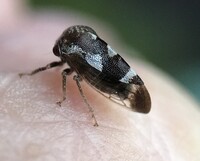 | Photo by: Ted Wilcox
Watauga Co.
Comment: unid_treehopper |
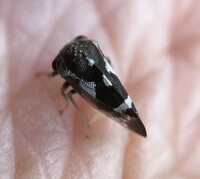 | Photo by: Ted Wilcox
Watauga Co.
Comment: unid_treehopper |  | Photo by: Ted Wilcox
Watauga Co.
Comment: unid_treehopper |
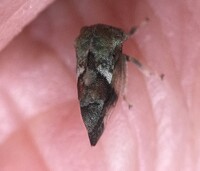 | Photo by: Ted Wilcox
Watauga Co.
Comment: unid_treehopper |  | Photo by: Ted Wilcox
Watauga Co.
Comment: unid_treehopper |
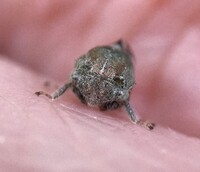 | Photo by: Ted Wilcox
Watauga Co.
Comment: unid_treehopper | 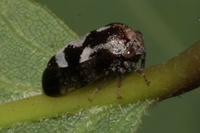 | Photo by: Scott Bolick
Alleghany Co.
Comment: |
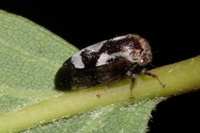 | Photo by: Scott Bolick
Alleghany Co.
Comment: | 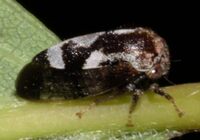 | Photo by: Scott Bolick
Alleghany Co.
Comment: |
 | Photo by: Ken Kneidel
Yancey Co.
Comment: forest edge with small lawn and meadow nearby | 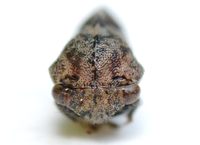 | Photo by: Ken Kneidel
Yancey Co.
Comment: forest edge with small lawn and meadow nearby |
 | Photo by: Ken Kneidel
Yancey Co.
Comment: forest edge with small lawn and meadow nearby | 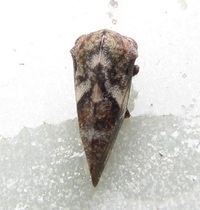 | Photo by: Ken Kneidel
Yancey Co.
Comment: forest edge with small lawn and meadow nearby |
 | Photo by: Ken Kneidel
Yancey Co.
Comment: forest edge with small lawn and meadow nearby | 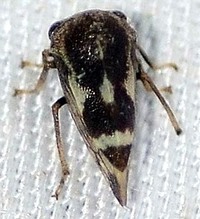 | Photo by: Paul Scharf
Warren Co.
Comment: Attracted to UV Light |
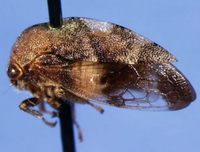 | Photo by: Matthew S. Wallace
Out Of State Co.
Comment: female | 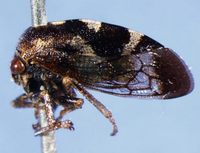 | Photo by: Matthew S. Wallace
Out Of State Co.
Comment: male |
 | Photo by: Paul Scharf
Warren Co.
Comment: Female. Attracted to UV Light |  | Photo by: Paul Scharf
Warren Co.
Comment: Female. Attracted to UV Light |
 | Photo by: Paul Scharf
Warren Co.
Comment: Female. Attracted to UV Light |  | Photo by: Paul Scharf
Warren Co.
Comment: Attracted to UV Light |
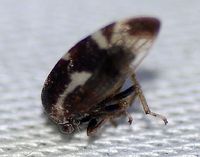 | Photo by: Paul Scharf
Warren Co.
Comment: Attracted to UV Light |  | Photo by: Paul Scharf, B Bockhahn
Stanly Co.
Comment: Attracted to UV Light |
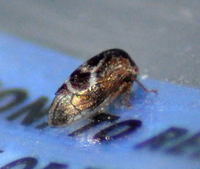 | Photo by: Kyle Kittelberger
Wake Co.
Comment: mixed hardwood forest habitat; a dark individual, but has characteristic dark patch on middle of wing |  | Photo by: Kyle Kittelberger
Wake Co.
Comment: mixed hardwood forest habitat |
|

 »
»
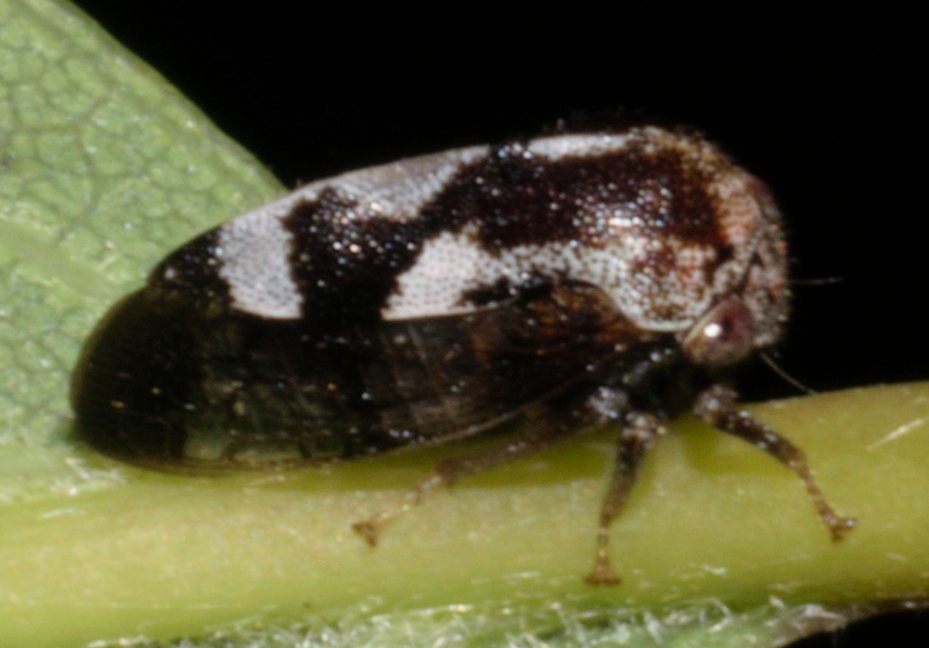
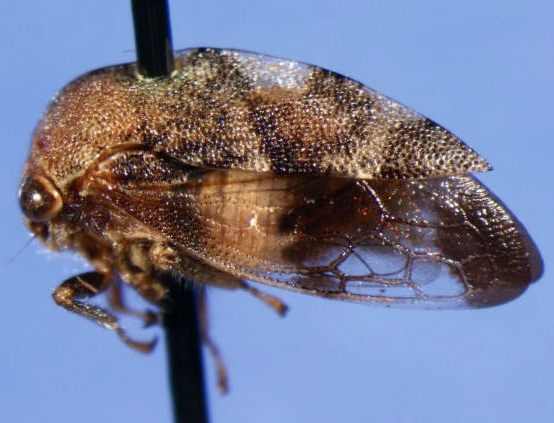


 »
»


